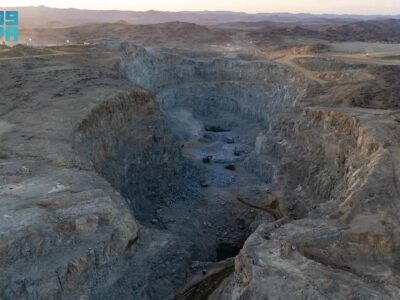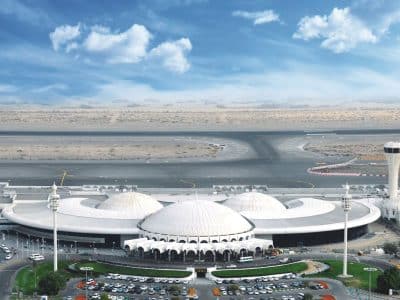Following last month’s Back track feature on the origins of the bulldozer, we thought we’d add a little detail on these magnificent machines.
It’s weird, but the bulldozer, for all the destruction it can wreak is often seen as a sign of peace and prosperity.
Certainly across Europe, people were glad to see early hydraulic models arrive after the war as their presence showed that the continent was going to rise out of the rubble again.
Equally, in Mexican art, the bulldozer was seen as a change for the better – a representative of modernity, even – ‘We have had enough of pretty pictures of grinning peons in traditional Tehuana dress,’ said artist David Alfaro Siqueiros in 1955: ‘I say, to hell with ox-carts – let’s see more tractors and bulldozers’.
Of course, as a tool the dozer has been incredibly successful. Admiral William F. Halsey said “The four machines that won the war in the pacific were the submarine, radar, the airplane and the bulldozer”.
Certainly by the mid 1950s bulldozers had become more than tractors with attachments. They had become integrated units, designed from the ground up. Like the race to build taller than anyone else today, back then manufacturers were locked in a battle to build the biggest bulldozer.
Machines then, as now, were easily identifiable by their colours. Cat were yellow of course, but the other big players at the time included International (bright red) Euclid (lime green) and Allis Chalmers(so-called ‘Persian’ orange) There were some interesting design features at this time, Euclid’s first crawler tractor in 1955 featured a split pivoting frame with an engine and transmission on each half. When introduced, it’s 40-tonne weight and 402 horsepower gave it the title of the world’s largest tractor, though it wasn’t intended to be a ‘dozer.
The 83 horsepower Cat diesel Seventy-Five tractor was made in the early thirties, when it was replaced in 1935 by the Caterpillar D8. This marked the beginning of the famous numbering series, which the firm still employ today, more than 70 years later.The enormous machines were impressive as well as elegant, in an industrial modernist kind of way. However, they are tiny by the standards of today, though to be fair, the modern dozer is in many ways a 1970s design, albeit with modern engine management systems and advanced telematics and control methods.
One clever idea is the elevated final drive sprocket, patented by Caterpillar in the 1970s. Moving the drive sprocket to a height above where dirt and debris are likely to have become trapped reduces wear and eases service.
Out of interest, the first machine to boast this feature was the Caterpillar D10 introduced back in 1978. This was a real giant of a machine with 700 horsepower and a weight of 180,000lbs. At launch, the elevated sprocket system was said This elevated drive sprocket undercarriage was built in modular form. You can break down the tracks and then pull out the drive sprockets. From the back you can pull the transmission out because of the modular design.
As the engine and drivetrain are mounted high in a traditional bulldozer, the half shafts from the differential exit above the drive sprocket requiring a small gear on the end of the half shaft and another, larger one attached to the drive sprocket.
The high-drive system eliminates the traditional final drive in favor of the planetary final drive, which is more effective at withstanding engine torque, since it spreads the forces over multiple gear teeth instead of a single tooth as in the traditional system. The disadvantage is that the track moves around one more sprocket, reducing track life, though Cat countered this problem with a sealed-for-life bearing mechanism.
The Cat D10 was made in it’s original form between 1978 and 1986. Its massive power and reasonably easy maintenance mean it is a common used machine all over the Middle East with used examples working everywhere and coming up frequently at the auction.
Less common in this part of the world are the giant ‘dozers from Komatsu. Currently the firm’s heaviest machine is the 575A, which weighs in at 168 tonnes and develops 1150 flywheel horsepower from a turbocharged diesel V12 engine.
With a 90 cubic yard bucket 24 x 10′ this machine can move more spoil than many drag lines. However, as far as we know, this machine has never found its way into the GCC. Far more common is the older sibling, the D455A, which was built up until 1986 when it was replaced by the D475A. The D455 usually featured a giant 8ft high bucket.The largest crawler tractors ever built were non production units built by private contractors for a special purpose. According to Giant Earthmovers, in 1962 an American mine called Alberta Coal built a machine known as the XDE 80, the largest crawler tractor up to that time.
Designed by the mine’s vice president the 90 tonne machine was based on two Euclid TC-12 tractors converted to electric drive, the four-crawler machine was powered by two Cummins engines totaling 1050 horsepower. Two 500 horsepower generators provided power to an electric motor in each crawler assembly.
However, the largest bulldozer ever was actually built to work in the Middle East.
In the 1980s, Italian contractor Umberto ACCO designed a great beast for work on a big earthmoving job in Libya. The machine had two Caterpillar engines mounted side by side which between them produced about 1300 net horsepower.
Apparently, the ‘dozer was almost as high as a two-storey villa and it measured almost 40 feet from blade to ripper. We wonder what happened to it?
According to Keith Lupton of World Wide Auctions, the main point to check on any used bulldozer is the undercarriage.
“Check the condition of items like the idlers and the final drive sprocket. If you can shave with the teeth, it won’t have been doing the tracks any good and a rebuild can be very expensive.
He added that the large Cat ‘dozers such as the D10 and D11 are rare, though the government of Abu Dhabi owned a few in the 1980s, which appear from time to time.
Far more common at local auctions is the D9L.
These machines are popular in the quarries of Fujerah, though this can be a problem. Lupton pointed out. “These machines work hard and though the sand will make the blade look shiny, very often the frame is bent and torn”. Maintenance on larger models can be disproportionately expensive too.”
Komatsu ‘dozers are also popular at auction, though the most sought after model is the D155 series, which is said to be the most durable.







